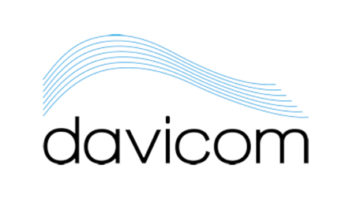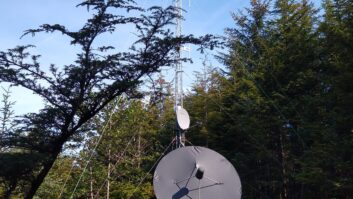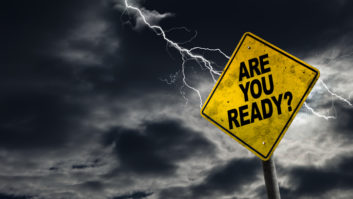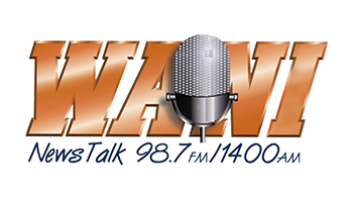Recently, a program director I know was on the back nine of a local golf course when a stranger stopped him. The guy had noticed the PD’s station staff shirt.
“I really loved your concert last night,” the stranger said.
Ah, grasshopper sees
The PD said, “Thanks very much,” and smiled, but it took him a moment to realize exactly why he’d been approached, as he’d completely forgotten what shirt he was wearing.
Although the station certainly was involved with the concert, it had not funded the show, nor had it branded the show with the station’s call letters.
Bingo – when listeners believe that their favorite radio station presented a show they saw, you’ve hit a home run.
Let’s talk about how to make this happen.
The first step to obtain the image for a concert appropriate to your format is to take ownership on-air. This begins with the pre-sale information for the fans, which is followed with call-ins and appearances during the ticket sales.
It continues with an immediate – and hopefully creative – contest for tickets. Your listeners then hear calls from concertgoers waiting to get into the show, then a live broadcast or cut-ins from DJs if possible.
Don’t stop there
Afterward, you’ll do a playback of the show’s best songs as everyone is driving home and finally, an on-air wrap-up for a few days that will remind the audience of how much fun we all had.
It’s really great if you can give away an autographed item you received at the show to a lucky listener or auction that item off for a charity.
The second step involves marketing off the air: Take ownership of the concert on your Web site. To do this, create great graphics of the artist(s) and stream interviews either with the artist(s) or fans.
Among other markets where the artist is playing, print your sister stations’ reviews or link to newspapers in those cities that have reviews.
Offer a coupon that your listeners can bring to the show, which will get them something free (“Be among the first 500 at Ozfest to bring this coupon to the WXXX booth and we’ll give you a commemorative bumper sticker.”)
Take ownership of the concert in your e-mail blasts. If you can arrange an e-mail/Internet presale before the general public buys tickets, you’ll score major points with your listeners.
Paper is cheap
Be sure to link all info back to a special section on your Web site. Flyers are cheap. Print ’em so that four come off one sheet of paper.
Marry your call letters to the show and pass out these handbills wherever your station appears.
The third step takes you on-site. Sure, you’ll put up as much banner on a roll as you’re permitted. Your jocks will host the show if the record label lets you do it.
And you’ll create a special CD to be played over the public address system. But if you’re like most stations, the concert promoter keeps both you and your competitor on equal ground and may not even allow you near the arena.
What do you do? Most arenas have one or two main arteries leading up to them. Rent a big cherry picker and hang your largest banners.
“Way high” also is a cool place to stage a broadcast. If possible, light it from the ground with a spotlight so that you can use it before and after the show.
PA
A battery-operated public address system is a must; your favorite broadcast equipment dealer can help you find one. If you don’t own one, rent one.
And, if it doesn’t get you in too much trouble, consider having a few dozen interns hit the parking lot – when the show is well underway – with windshield flyers promoting some cool thing about the show that’ll be happening on air the next day with some sort of real listener benefit.
Is this level of activity wise for every show? This depends on the importance of concerts for your audience and on the stature of the artists.
If you don’t know these things via your own research, conduct a bunch of listener panels (focus groups) to find out.
After you’ve followed the steps a few times, show ownership becomes second nature. That’s the point at which you’ll want to begin the step that never ends: adding new twists to old tricks to excite your audience.












